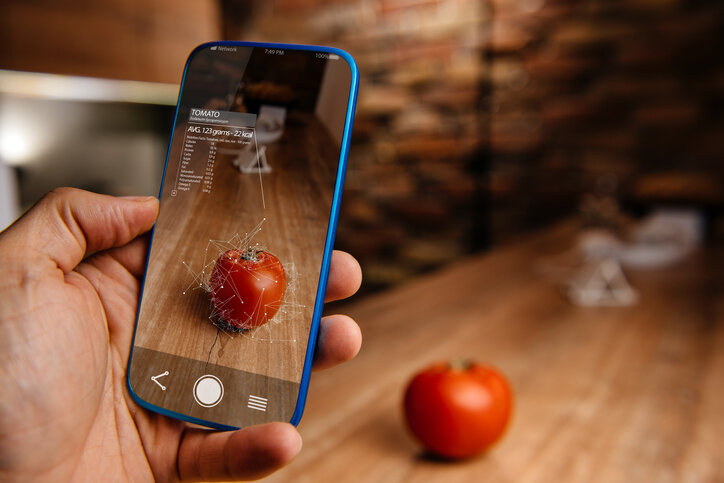AR resources can integrate interactive reading and gamification elements into the class.
Technology has always been a central theme in education, even more so in an age when measures to protect health have forced us to develop creative solutions for distance education. For this reason, once again, the use of technology for educational innovation will be the focus of our next webinar, “Augmented Reality and 3D Environments for the Teaching of Chemistry,” which will be broadcast next Tuesday, May 25 at 16 hrs (Central Mexico time).
In this installment, Mariela Urzúa Reyes and Alejandro Gómez Urzúa will join us. Mariela is a Teaching and Educational Technology professor and has extensive experience integrating Augmented Reality technology into chemistry learning. She has also collaborated on various innovation projects in the classroom, integrating gamification and learning styles.
Alejandro is an outstanding student from the Prepa Tec high school campus in Toluca. In his fourth semester, he has already been a member of the robotics team, selected for the Dean’s List Award of FIRST, and was a State of Mexico participant in the National Mathematics Olympics.
To best understand the guests’ topic, we should know what augmented reality is and how it is applied in education. In previous articles, we have differentiated several terms that refer to the technology used for educational innovation.
Augmented reality uses devices to add digital information elements to the physical environment. The hit game “Pokémon Go” is a simple example to understand how it works. This gaming app works with a cell phone camera to create the illusion that a pokémon is present in a physical space such as a sidewalk, kitchen, or even inside a bedroom.
In the context of augmented reality, the real world with the added digital information is the environment in which you interact. The level of immersion in this experience depends on the digital density that is added to reality. The more digital layers adhered to it, the more immersive the experience is.
How is augmented reality applied in education?
Augmented reality has various uses in the educational experience. Among these is the enrichment of reading materials through digitalization. For example, student reading becomes agile when bookmarks help to visualize information in 3D. They help students find query data faster and remember it more easily.
This technology also provides high-performance gamification because of its ability to fuse real-world data with digital data in the record of the environment. It is also used for training and team consolidation activities because it is perfect for creating simple competencies.
What is the role of the teacher?
The teacher has diverse roles in the educational dynamic of augmented reality. These include digital resource creator, new technologies advisor, student mentor for innovative and continuous learning, explorer and curator of educational augmented reality resources, instructional designer of curricular plans that leverage technology, discerner of the advantages and disadvantages of this dynamic, and other faculties to make the most of the augmented reality resource.
Have you used augmented reality in your class? How was your experience? If you want to know more about integrating this technology into your classes, do not miss our next webinar Tuesday, May 25 at 4 p.m. Central Mexico time. It will be only in Spanish, but we also have a full report on the subject in Edu Trends for both Spanish and English speaking teachers.
Translation by Daniel Wetta.
This article from Observatory of the Institute for the Future of Education may be shared under the terms of the license CC BY-NC-SA 4.0 
)
)


)